Eyesight Symptoms
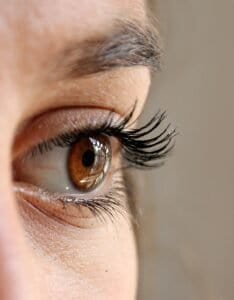
Eyesight symptoms can signal vision issues or underlying health issues.
Common symptoms include unclear vision, trouble focusing, double vision
(diplopia), seeing halos around lights, and tired eyes, especially after prolonged
visual stress. Other signs include recurrent headaches, sensitivity to light (photophobia),
and night blindness or dull lighting (nyctalopia).
Sudden vision loss, such as bright flickers or floaters, may signal a retinal disorder.
In children, narrowing the eyes or sitting too near screen viewing may indicate an issue.
Chronic symptoms should be evaluated by an eye specialist to prevent conditions like
vision defects or eye diseases.
Contents ⇓
-
5 Most Common Eyesight Symptoms
-
10 Bullet points to overcome eyesight problems
-
Conclusion
5 Most Common Eyesight Symptoms :
1) Blurred Vision
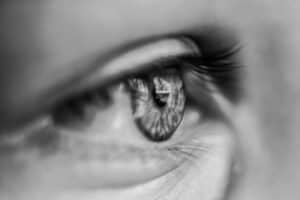
Blurred vision refers to the fuzzy vision in eyesight, making objects
unclear. It can result from several causes such as vision abnormalities
(near-sightedness, farsightedness, astigmatism), presbyopia (age-related
difficulty focusing), or more serious conditions like cataracts formation,
chronic glaucoma, and central vision loss.
Other potential factors include dehydrated eyes, migraines, or diabetes-related issues.
Sudden unclear vision may signal an emergency like retinal separation, stroke, or optic
nerve swelling. Proper diagnosis and treatment depend on the underlying cause, so it’s
essential to consult an eye care professional for any continuous or severe vision changes.
Extended use of electronic devices can result in digital eye strain, potentially leading to
temporary. Episodes of blurred vision and eye discomfort. Recognizing blurred vision
as a potential indicator of underlying eye problems or systemic conditions is crucial for
seeking timely medical evaluation and implementing appropriate interventions to restore
visual acuity and enhance overall eye health.
2) Double Vision
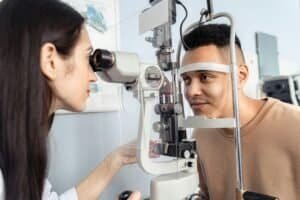
Double vision, clinically known as diplopia, happens when a person notice
two images of one object either side by side or layered on top of each other.
It can disturb one or both eyes, and its results in range from mild to serious.
General reasons include eyelid muscle disorder, neglected vision issues like
astigmatism, or even fatigue. Diplopia’s underlying conditions include nerve
injury, strokes, brain injuries, or conditions like disseminated sclerosis. In some
cases, double vision can indicate an urgent health issue requiring immediate
medical attention.
Short-term conditions, such as eye strain from extended computer use, rest, or
corrective lenses may help. Ongoing or sudden-onset double vision, moreover,
should never be delayed. An eye doctor or specialist can perform a thorough
evaluation to resolve the cause and correct treatment. Initial intervention
is key to eliminating future complications and protecting long-term vision.
3) Night blindness
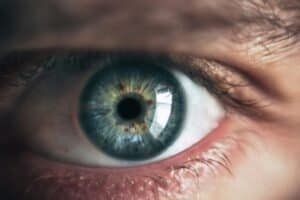
Night blindness, or nyctalopia, is a disorder where a person suffers to
see clearly in dim light or darkness. While not a disease itself, it’s a symptom
of fundamental eye condition problems. Common reasons include vitamin A
deficiency, cataracts, or retinal illnesses such as retinitis pigmentosa. People with
short-sightedness (myopia) may also undergo night blindness due to the eye
formation affecting how light is directed.
This situation makes it difficult to night road travel, walk in low-lit areas, or modify
changes in lighting. In some cases, using corrective lenses or managing underlying
conditions can enhance night vision. For patients with a vitamin A deficiency, adjusting
their diet or incorporating supplements can help. It’s vital to seek medical advice if you
go through regular challenges seeing in dim light, as the prior diagnosis can assist manage
the condition and stop it from worsening.
4) Eye Strain :
Ocular strain, or asthenopia, happens when the eyes feel drained or uneasy after
long hours of use. It’s mainly common in today’s technological age due to prolonged
screen time from computers, smartphones, and tablets. Eye strain can also outcome
from activities like studying, driving long distances, or focusing on small works for
long periods.
Symptoms of eye strain involve headaches, blurred vision, dry or watery eyes, struggle
to focus, and sometimes also neck or shoulder pain. The condition itself is not severe
but can be discomforting and lessen productivity.
To reduce eye strain, adhere to the 20-20-20 rule: for every 20 minutes, take a 20-second
break and see at something 20 feet away. Guaranteeing proper lighting, using screen
brightness, and maintaining the lightness of digital devices can also help. Continuing or
severe eye strain may need an eye exam to exclude underlying vision problems or the
need for remedial lenses.
5) Watery or Dry Eyes :
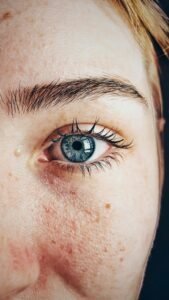
Watery or eye dryness are common symptoms that can impact eye comfort and
vision sharpness. Watery eyes, also known as tear overproduction, may occur due to
allergies irritation, infections, dry air, or wind exposure. Ironically, dry eyes can cause
increased tearing as the eyes try to compensate for the lack of moisture. Other induces
include clogged tear ducts or conditions like conjunctivitis.
Dry eyes occur when the eyes do not generate enough tears or the tears
rapidly evaporation. Effects include lengthy screen use, aging, certain medications,
or natural factors like low humidity. Frequent symptoms of dry eyes include an irritated
sensation, redness, and unclear vision.
Both conditions are curable. For watery eyes, healing the underlying cause
such as antigens or infections can help. For dry eyes, moisturizing eye drops,
humidifiers, or handling digital eye strain can relieve symptoms. In continuing
cases, consult an eye care specialist for customized treatments.
10 Bullet points to overcome eyesight problems :
1. Routine Eye Examinations:
Frequent eye exams can help you notice early eyesight issues
like vision problems, presbyopia, or first signs of eye disease.
2. Abiding the 20-20-20 Practice:
To minimize visual discomfort, look at something that is 20 feet far away
for 20 seconds, after every 20 minutes of screen time.
3. Eat a Vision-friendly Diet:
Inculcate foods rich in your daily diet that will have antioxidants and nutrients
like Vitamin A, C, E, and Omega-3 fatty acids to support healthy eyes.
4. Use Safety Glasses:
Keeping sunglasses with UV protection when we are outdoors and using blue
light-blocking glasses during long-time digital device use.
5. Keep Well Hydrated:
Drinking adequate water helps prevent dry eyes, which can worsen early
eyesight problems like unclear or irritation.
6. Stop Smoking:
Smoking can increase the risk of increasing eye lens disorder, central vision loss,
and other vision-related conditions.
7. Control Blood Sugar Levels:
High blood sugar levels can harm blood vessels in the eyes, leading to diabetic
retinal diseases, a cause of vision problems.
8. Pause to Rest Your Eyes:
Lower screen time and ensure that you take repeated breaks to rest your eyes,
minimizing digital eye strain and fatigue.
9. Use Effective Lightning:
Confirm that you work or read in properly lit environments to eliminate excessive
strain on your eyes.
10. Doing Eye Exercises:
Daily perform eye exercises like focusing on far objects, palming, or eye clock
rotations to boost eye muscles and reduce strain.
Conclusion
Noticing eyesight symptoms like blurred vision, eye strain, floaters, or
light sensitivity is important for early treatment. These symptoms may show
underlying eye conditions such as visual defects, cataracts, or glaucoma. Routine
eye exams and immediate care for vision changes are required to maintain
optimal eye health.
https://absoluteinformation.com/stress-management-techniques/

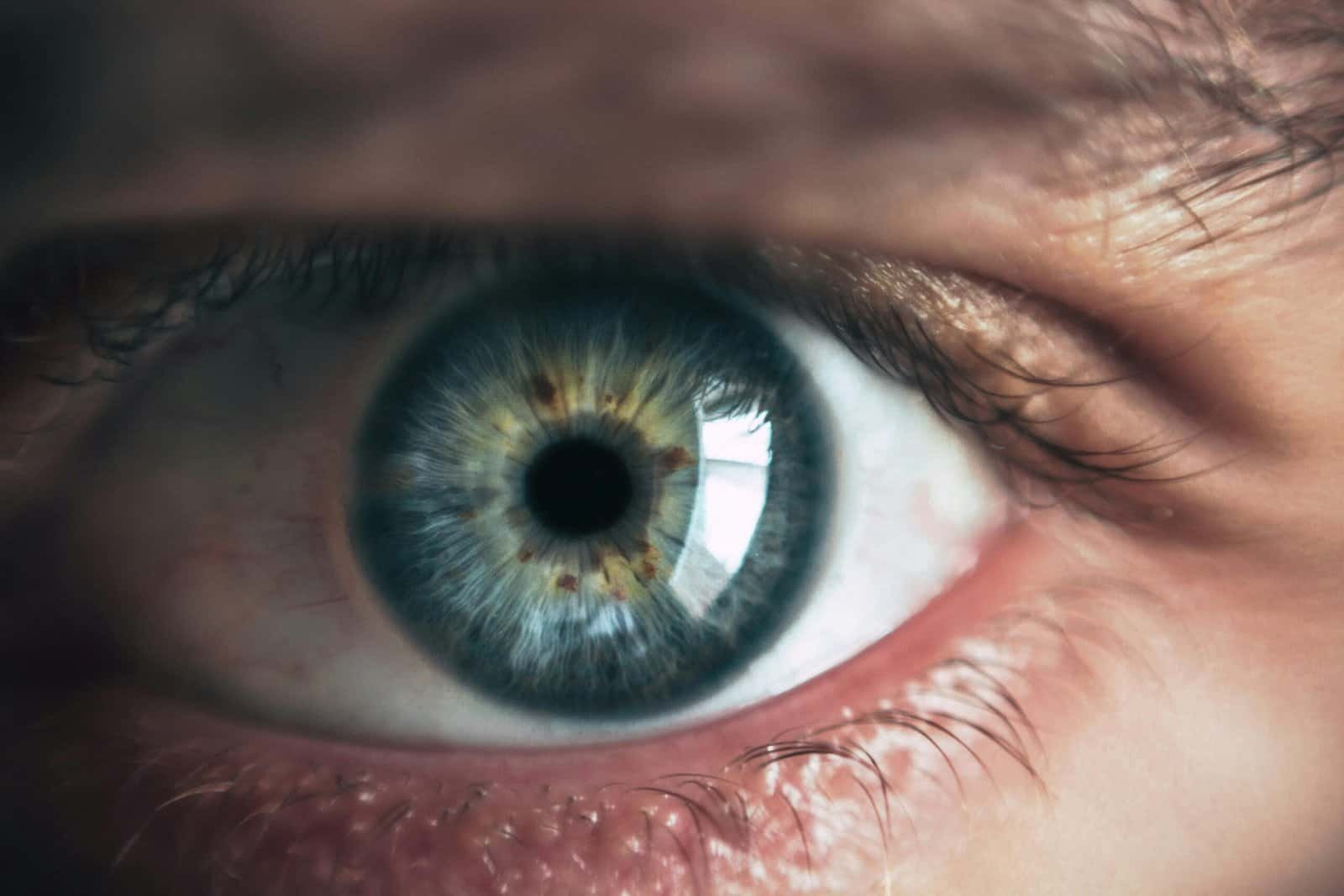
2 thoughts on “Eyesight Symptoms”